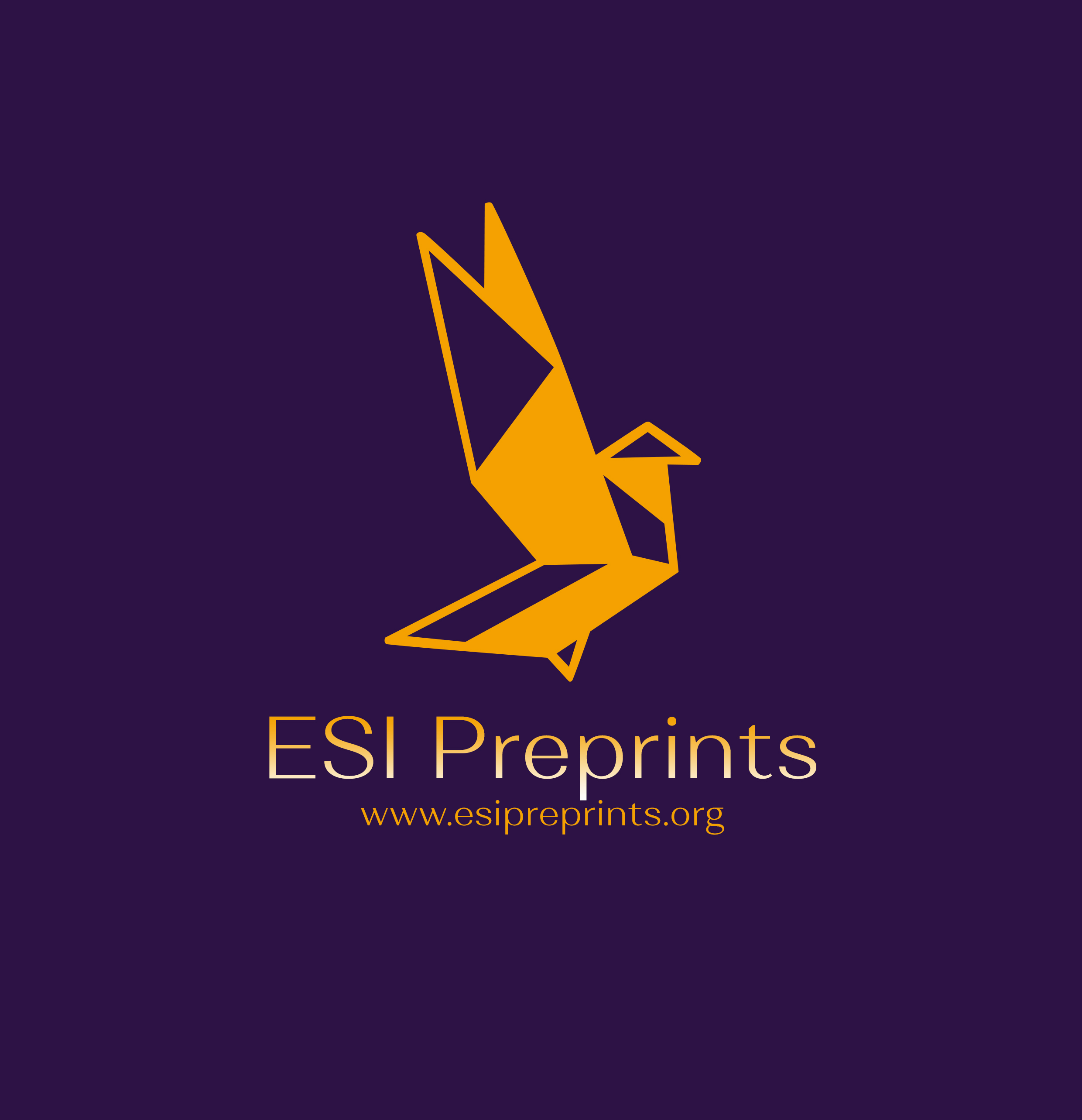Evaluation of the Antifungal Activity of Five Medicinal Plants on the in vitro Growth of a Multi-resistant Strain of Candida Albicans
Abstract
This study was conducted to determine the antifungal potential of plants traditionally used in the treatment of infections. Five (5) plants were collected. The anti-candida albicans activity was evaluated by the double dilution method in tilted tubes with the aqueous and hydroethanolic extracts of the different plants. The results showed that the 70% ethanolic extracts were more active than the aqueous extracts for all plants. The 70% ethanolic extract of T. ivorensis (FMC = 1.56 mg/ml) was the most active on the tested strain. It was followed by T. superba (MFC = 3.125 mg/ml) D. benthamianus (MFC = 50 mg/mL), G. arborea (MFC= 50 mg/mL) and J. secunda (MFC ˃ 50 mg/mL). The phytochemical screening revealed the presence of seven major groups of compounds, among which saponins and catechins are the most abundant in the aqueous extracts. Polyphenols, Flavonoids, Polyterpenes and Sterols as well as Tannins are equally present in the alcoholic and aqueous extracts of the different plants at variable levels. These compounds could justify its activity and its traditional use.
Downloads
Metrics
References
2. Adjanohoun E. and Aké Assi. L. (1979). Contribution au recensement des plantes médicinales de Côte d'Ivoire. Ministère de la Recherche Scientifique, Centre National de Floristique (CNF). Abidjan, Côte d'Ivoire, 358 pp.
3. Ascioglu S., Rex J.H., De Pauw B. (2002). Defining opportunistic invasive fungal infections in immunocompromised patients with cancer and hematopoietic stem cell transplants an international consensus. Clin Infect Dis, 34: 7-14.
4. Bagre I., Bahi C. Ouattara K. , Guede N. Z. , Djaman A. J. , Coulibaly A. and N'Guessan J. D. (2011). "Botanical study and exploration of the antifungal activity of Morinda morindoides (Baker) Milne-Redh. on the in vitro growth of Cryptococcus neoformans. Phytotherapy, 9: 136-141.
5. Basli A., Chibane M. , Madani K. and Oukil N. (2012). "Antibacterial activity of polyphenols extracted from a medicinal plant of the Algerian flora: Origanum glandulosum Desf." Phytotherapy, 10: 2-9.
6. Békro Y.A., Békro J.A.M., Boua B.B., TRA B.F.H. & Ehilé E. E., (2007). Ethnobotanical study and phytochemical screening of Caesalpinia benthamiana (Baill.) Herend. et Zarucchi (Caesalpiniaceae). Rev. Sci. Nat. 4 (2): 217-225.
7. Develoux, M., Bretagne, S. (2005). Candidoses et levuroses divers. EMC Maladies Infectieuses 2. 119-39.
8. Granier, F. (2003). Antifungals, therapeutic classes, mechanism of action, resistance problems. Antibiotics, 5:39-48.
9. Gudlaugsson O., Gillespie S. and Lee K. (2003). Attributable mortality of nosocomial candidemia, revisited. Clin Infect Dis, 37. 1172-7.
10. Kettani A., Belkhadir Z.H. and Mosadik A (2006). Antifungal treatment of systemic candidiasis in the ICU. J Mycol Med, 16:16-25.
11. Kra A. K. M. , Ahon G. M. , Djo-Bi D. , Ouattara S. , Coulibaly A. and Djaman A. J. (2014). Antifungalactivities of medicinal plants extracts of Ivorian pharmacopoeia. Journal of Intercultural Ethnopharmacology, 3: 159-166.
12. Lin S.J., Schranz J., and Teutsch S.M. (2001). Aspergillosis case-fatality rate: systematic review of the literature. Clin Infect Dis, 32. 358-66.
13. Mandić B. M., Gođevac D.N. , Beškoski V.P. , Simić M.R. , Trifunović S.S. , Tešević V.V. , Vajs V.V. and Milosavljević S.M. (2009). "Pyrrolizidine alkaloids from seven wild-growing Senecio species in Serbia and Montenegro. Journal of the Serbian Chemical Society, 74: 27-34.
14. Ouattara S. Kporou K. E. , Kra A. K. M. , Zirihi G. N. , N'guessan J.D., Coulibaly A. and Djaman A. J. (2013a) Antifungal activities of Terminalia ivorensis A. Chev. bark extracts against Candida albicans and Aspergillus fumigatus. Journal of Intercultural Ethnopharmacology, 2: 49-52.
15. Oussou K.R., Kanko C. , Guessend N. , Yolou S. , Dosso M. , N'Guessan Y.T. , Figueredo G. , Chalchat J.-C. and Koukoua G. (2004). "Antibacterial activities of essential oils of three aromatic plants from Ivory Coast. Comptes Rendus Chimie, 7: 1081-1086.
Copyright (c) 2022 Konan Gbê Kouakou N'dri Ange, Ouattara Sitapha, Kanga Yao, Monney Yapo Urbain, Kra Adou Koffi Mathieu

This work is licensed under a Creative Commons Attribution-NonCommercial-NoDerivatives 4.0 International License.








